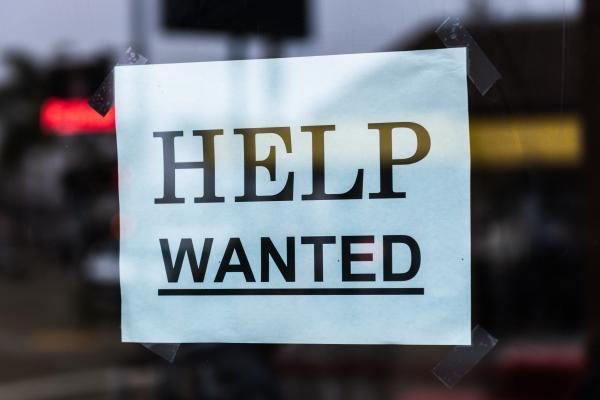 The effects of COVID-19 on the U.S. workforce were apparent in 2020 and 2021: facility closures, quarantines and worker absences were regular issues for owners and operators to deal with.
The effects of COVID-19 on the U.S. workforce were apparent in 2020 and 2021: facility closures, quarantines and worker absences were regular issues for owners and operators to deal with.
The situation became even more complicated as people changed jobs to pursue new opportunities. Others simply left the workforce altogether whether because of their own health concerns or a loved one’s illness.
Anecdote-driven articles drove home this narrative as executives across the United States described a shrinking workforce and fewer qualified candidates to fill open positions.
The numbers are now in and, thanks to a study from MIT researchers released this week, we know the impact that COVID-19 had – and continues to have – across businesses in the United States.
Even as employment numbers return to pre-pandemic levels, there are about a half million individuals gone from the labor force.
COVID SHRINKS WORKFORCE
More than 57 million Americans contracted COVID-19 since the initial outbreak in March 2020, with 1 million deaths. About a quarter of those deaths were among U.S. working-age adults.
An emerging body of medical research, however, is finding that many who fall ill but survive COVID-19 suffer enduring health problems, the most common being chronic fatigue and organ damage.
The MIT study examined only U.S. adults who showed little to no ill-health concerns in the years leading up to the pandemic and eliminated those who already suffered from ill health prior to contracting the virus.
The total labor loss to the U.S. market because of COVID-19 is approximately $62 billion with an average of $9,000 lost each time a worker misses a full week. This total marks about half of what the U.S. economy loses each year because of cancer or diabetes, but considering this number rose from zero in 2019, the effects are immense.
Examining worker absences between 2020-22 and the years prior to COVID-19, non-vacation weeklong absences rose dramatically during the past two years with the largest spike in January 2022. Statistics also show that per capita death rates in every U.S. state rose relative to previous months in the same state.
DEMOGRAPHIC TRENDS
Health-related absences before and after the pandemic vary by age, gender, race, ethnicity and education, but here are some of the statistical results:
- Before the pandemic, health-related absences were strongly marked by older ages, but the pandemic increases were sharply tilted toward younger workers.
- There was little differential change by gender. Men and women missed time about equally because of COVID-19.
- Hispanic, Asian and Black workers had health-related absences at far larger rates that whites.
- The rate increase for high school graduates was twice that for those who hold a bachelor’s degree or higher.
As for those who left the workforce, the most common driving force was early retirement and taking care of sick family members.
OTHER FINDINGS
Contracting COVID-19 also affected the workforce as people took fewer hours or reduced the multiple number of jobs they worked.
Also from the study:
- 12 percent of workers were shown to be unemployed in the months after reporting a COVID-19 illness. The percentages that were let go versus left voluntarily are unknown.
- More than 4 million hourly workers reported a shift from full-time work to part-time work following an illness.
- Workers who missed a full week because of COVID-19 illness are 7 percent more likely to be out of work than those who did not contract the virus.
The good news? The U.S. labor force reached 164.7 million people in February, surpassing the pre-pandemic totals.
The bad news? There are 67,000 new COVID-19 cases reported every day, and 350 people are still dying every day from the virus. These numbers are vastly down from their peaks but with about 125,000 COVID-related deaths projected in 2022, that puts it at the third-highest cause of death in the United States and vastly beyond the 34,000-or-so annual U.S. deaths because of flu.
You can download a copy of the study here.
Leave a Reply